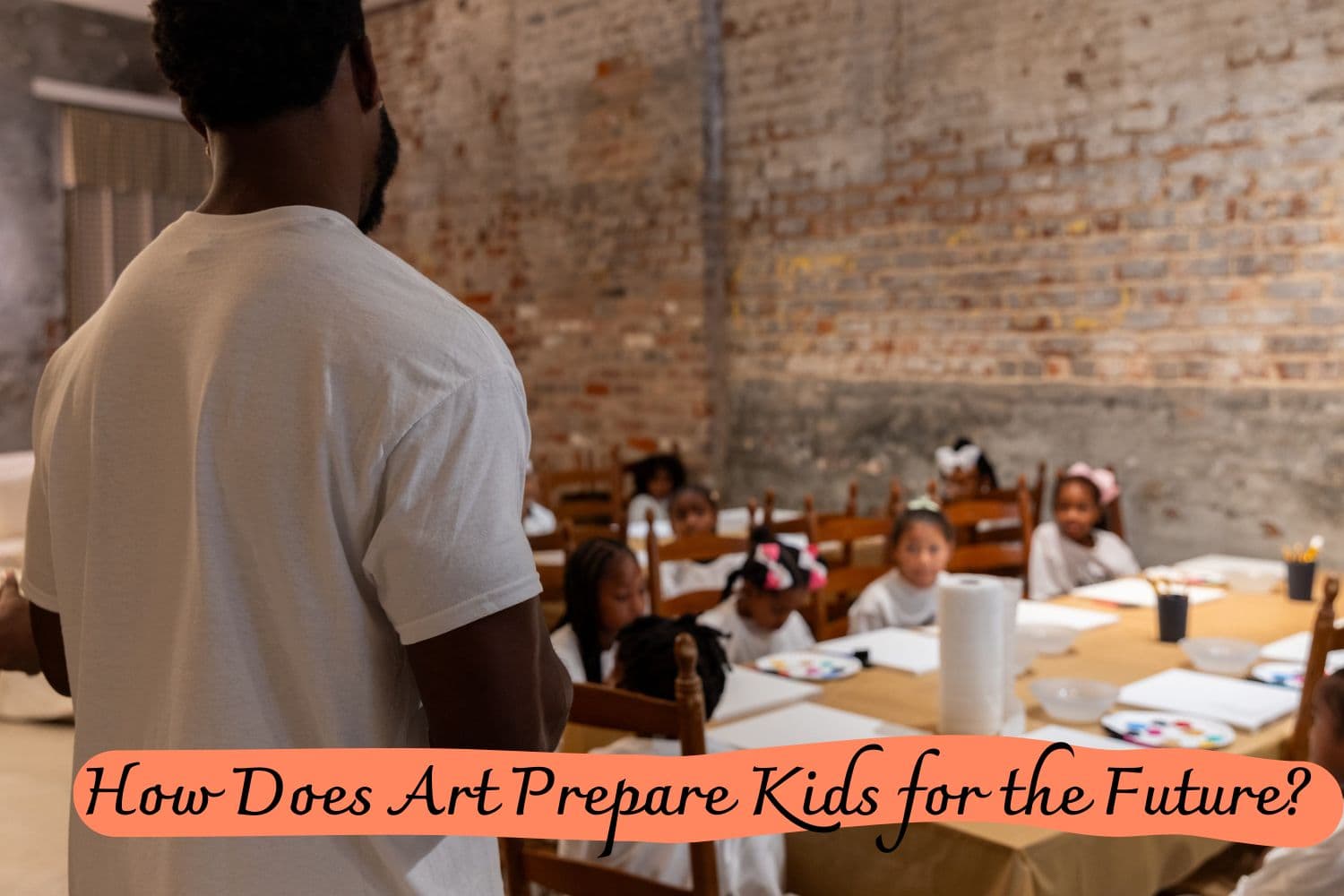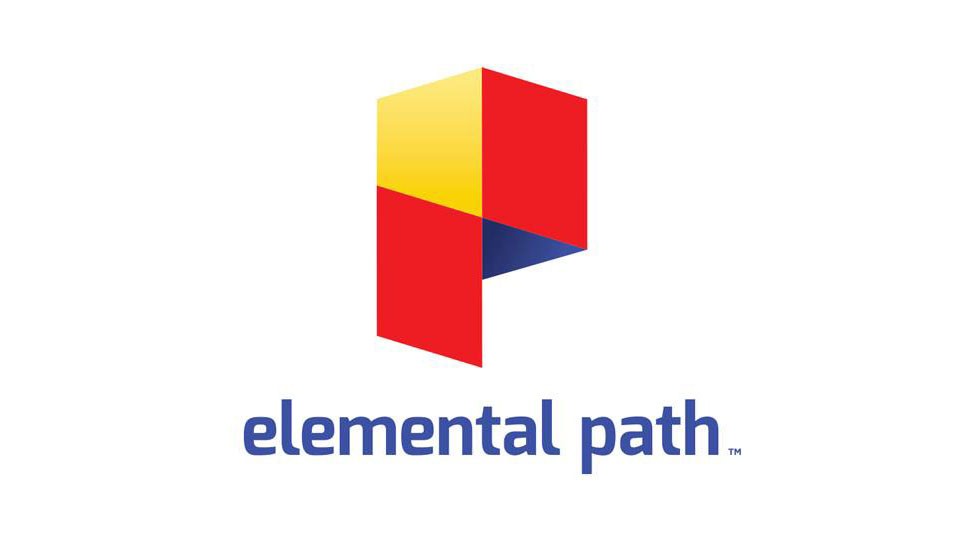Help your child explore their creativity and discover – how does art prepare kids for the future? Learn how art can help build self-esteem, critical thinking skills, and confidence.
How Does Art Prepare Kids for the Future?

Art is a beautiful form of expression that introduces youngsters to the world of creativity and curiosity. It gives children the opportunity to explore their boundaries, express themselves in unique ways, and develop important skills they can carry into adulthood.
But how does art prepare kids for the future? Is it enough to give them the tools they need to be successful citizens later in life?
Art plays a crucial role in the development of children as they enter elementary school and beyond. It not only fosters creativity, but also contributes to brain development, mastery, self-esteem, and the exploration of new ideas and materials.
In this blog post, we’ll take an in-depth look at how art supports your child’s development by exploring what types of lessons it teaches, how it prepares children for educational challenges ahead, and ultimately why investing in art education during early childhood is essential for any parent looking to provide their son or daughter with positive resources for success.
Read on as we uncover exactly why investing in your child’s creative foundation today will benefit them years down the road.
How Does Art Prepare Kids for the Future?
Promoting Creativity: Unleash the Power of Imagination
Creativity is all about unleashing the power of imagination, exploring new ideas, and experimenting with different materials. To foster creativity, it is essential to provide a diverse range of materials and give children the freedom to create on their own. Observing their work, offering additional supplies when needed, and allowing them to decide when they are finished are simple ways to support their creative journey.
Encouraging children to embark on new art experiences is crucial. By asking open-ended questions like, “What can you do with this yarn?” we can stimulate their thinking and help them consider the endless possibilities for their artistic process or creation.
Engaging children in art activities also introduces them to unfamiliar tools and materials, opening up a world of imaginative opportunities. Ultimately, it is up to the children to decide what they want to create and how they want to express themselves.
Let’s nurture creativity in children, empowering them to bring their unique ideas to life and unlock their full potential.
The Impact of Art on Cognitive Development
Engaging in artistic activities, such as drawing, painting, and collaging, not only sparks children’s creativity but also enhances their cognitive abilities. Through exploring various colors, shapes, and sizes, children gain valuable insights into the world around them.
Moreover, using paints, glue, and markers requires planning, experimentation, and problem-solving skills, nurturing their ability to find innovative solutions. By mixing paint, children learn cause and effect, deepening their understanding of how actions lead to specific outcomes.
Furthermore, art presents children with opportunities to make decisions and learn from their experiences, empowering them to make informed choices about their creative endeavors.
Empowering Children’s Self-Expression and Emotional Development
Art serves as a powerful medium for children to express their inner thoughts and emotions about the world around them. Through artistic creation, they can effectively communicate feelings and ideas that are often difficult to articulate verbally. This creative outlet grants them the means to navigate the challenges of growing up.
Moreover, engaging in art enables children to cultivate a unique sense of identity, self-worth, and a profound appreciation for the artistic endeavors of others. Embrace the incredible impact art can have on children’s self-expression and emotional growth.
Enhance Fine Motor Skills Through Art
Engaging in creative art activities allows children to develop and enhance their physical skills. When children use scissors to cut, finger paint, or weave yarn, they are actively improving their control over the small muscles in their hands.
Furthermore, drawing with crayons or markers helps children develop the fine motor control necessary for writing later on. By incorporating art into their routine, children can cultivate their fine motor skills while exploring their creative potential.
Engaging in meaningful conversations with children about their artwork
Engaging in conversations about children’s artwork is a valuable way to foster their language skills. By discussing colors, shapes, and sizes, children can enhance their vocabulary and descriptive abilities when sharing their creations with peers, caregivers, and parents. Here are some ways adults can facilitate these conversations effectively:
- Encourage open-ended questions: Asking children to elaborate on their artwork with questions like, “Tell me about your picture!” allows them to express themselves more deeply. It is crucial to document their responses, as reading their own words back to them provides an opportunity to add more details, fostering respect for their thoughts and aiding others in understanding their work.
- Introduce art vocabulary: Enriching their vocabulary by discussing different types of lines (such as straight, curvy, rounded, or wavy) and colors (like traffic light red, sky blue, or grass green) will enable children to articulate their artistic choices more precisely.
- Describe the artwork first, then let the child elaborate: Start the conversation by describing what you see in their artwork, such as, “You made long lines on your picture.” This approach encourages the child to provide further insight into their work.
- Explore the process: Discussing how certain techniques were used, such as asking, “How did you achieve that texture with tissue paper?” or “How did you mix the paints to create that specific color?” empowers the child to reflect on their creative process. Encouraging this dialogue about the steps taken in their artwork fosters their ability to communicate their artistic techniques.
Conclusion
Through their art, children can foster creativity and learn valuable skills for the future. They can express themselves and gain an understanding of various art forms, as they explore their imaginations and practice with new techniques.
From painting to sculpting, children can channel and cultivate their minds to learn how to problem-solve, express emotions, think abstractly, collaborate, communicate, and much more.
Art helps kids be better students in the classroom while also teaching them entrepreneurship. It shows them how to create something entirely from nothing and will continue to help set them up for success even after they have graduated from school.
As we live in a world that is ever-evolving, we must continue preparing our children by giving them creative outlets like art at a young age – this type of exploration helps them adapt and thrive in whatever each new day brings.
Thanks for reading our article How Does Art Prepare Kids for the Future? If you want to know more information, visit our website here.
Read more:
Why Learning in the Visual Arts is Important for your future?
8 Benefits of Art for Children + How to Teach It
